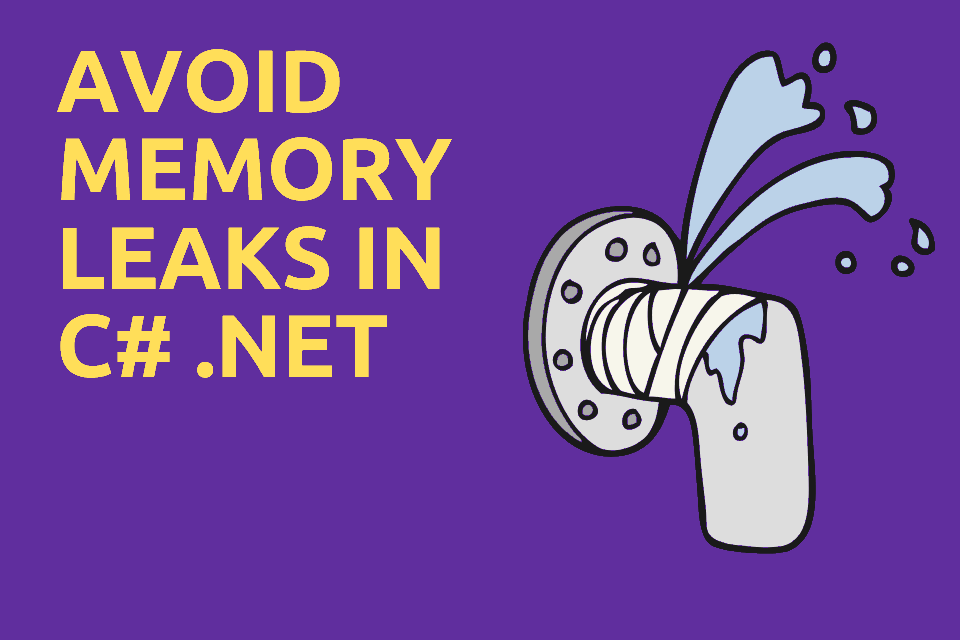
6 Best Practices to Keep a .NET Application's Memory Healthy
Memory problems in a big .NET application are a silent killer of sorts. Kind of like high blood pressure. You can eat junk food for a long time ignoring it until one day you face a serious problem. In the case of a .NET program, that serious problem can be high memory consumption, major performance issues, and outright crashes. In this post, you'll see how to keep our application's blood pressure at healthy levels.

Demystifying Memory Profilers in C# .NET Part 3: Memory Pressure
In this article, we'll see how GC activity can cause major performance problems. This phenomenon is called Memory Pressure and we'll see how to deal with it using memory profilers.

Demystifying Memory Profilers in C# .NET Part 2: Memory Leaks
Memory leaks are very common, hard to notice, and eventually, lead to devastating consequences. The main tool to detect and fix memory leaks is a Memory Profiler. In fact, I believe the most common usage of memory profilers in .NET is exactly for the purpose of fixing memory leaks. In this article, you'll see exactly how to use memory profilers to find the leaky objects, why they are still referenced, and how to solve the problem.

Find, Fix, and Avoid Memory Leaks in C# .NET: 8 Best Practices
Finding, Fixing and learning to Avoid Memory Leaks is an important skill. I'll list 8 best practice techniques used by me and senior .NET developers that advised me for this article.

5 Techniques to avoid Memory Leaks by Events in C# .NET you should know
Event registrations in C# (and .NET in general) are the most common cause of memory leaks. At least from my experience. In fact, I saw so much memory leaks from events that seeing += in code immediately makes me suspicious.
